Learning from the Pleiades, Sky Country & Seeds
de-colonising time with new mid-winter observances...
I wanted to speak of the stars -
Of how the Pleiades constellation seems so very important to so many different cultures across the world, and my wonderings, as to why -
This fuzzy little ‘open star cluster’, with only six or seven of the stars visible to the naked eye (or slightly more, depending on your culture’s atmospheric conditions)…
Named Pleiades by the ancient Greeks, but known as the Seven Sisters on the Dharawal country I grew up on.
So many names, and stories, and important turnings of the year, associated with this specific small star cluster - stories of why it is. And who it is.
Stories of sisters, of a hen and her chicks, Matariki and her children. Of women fleeing a hunter, a shoal of fish in a net, and of seven women who liked onions better than their husbands (my fave - from the Mono of the Sierra Nevada).
Pleiades is known as al-Thurayya (الثريا) in Arabic. Matariki in Māori. Subaru in Japanese. Kungkarangkalpa in Pitjantjara.
Learning that the seven sisters songline is one of the only songlines in so-called Australia that can lead you all the way across - from the east coast, all the way across this vast continent, all the way to the western shore…
I mean, I knew the Pleiades has been MY favourite constellation since I was a kid (I couldn’t really tell you why, though)… so it seemed a good monthly prompt, to dive into.
Maybe i could do some camera obscura multi-pinhole inspired experiments, but with cyanotype... finally picking up the thread from that summer in Banff, so many years ago..
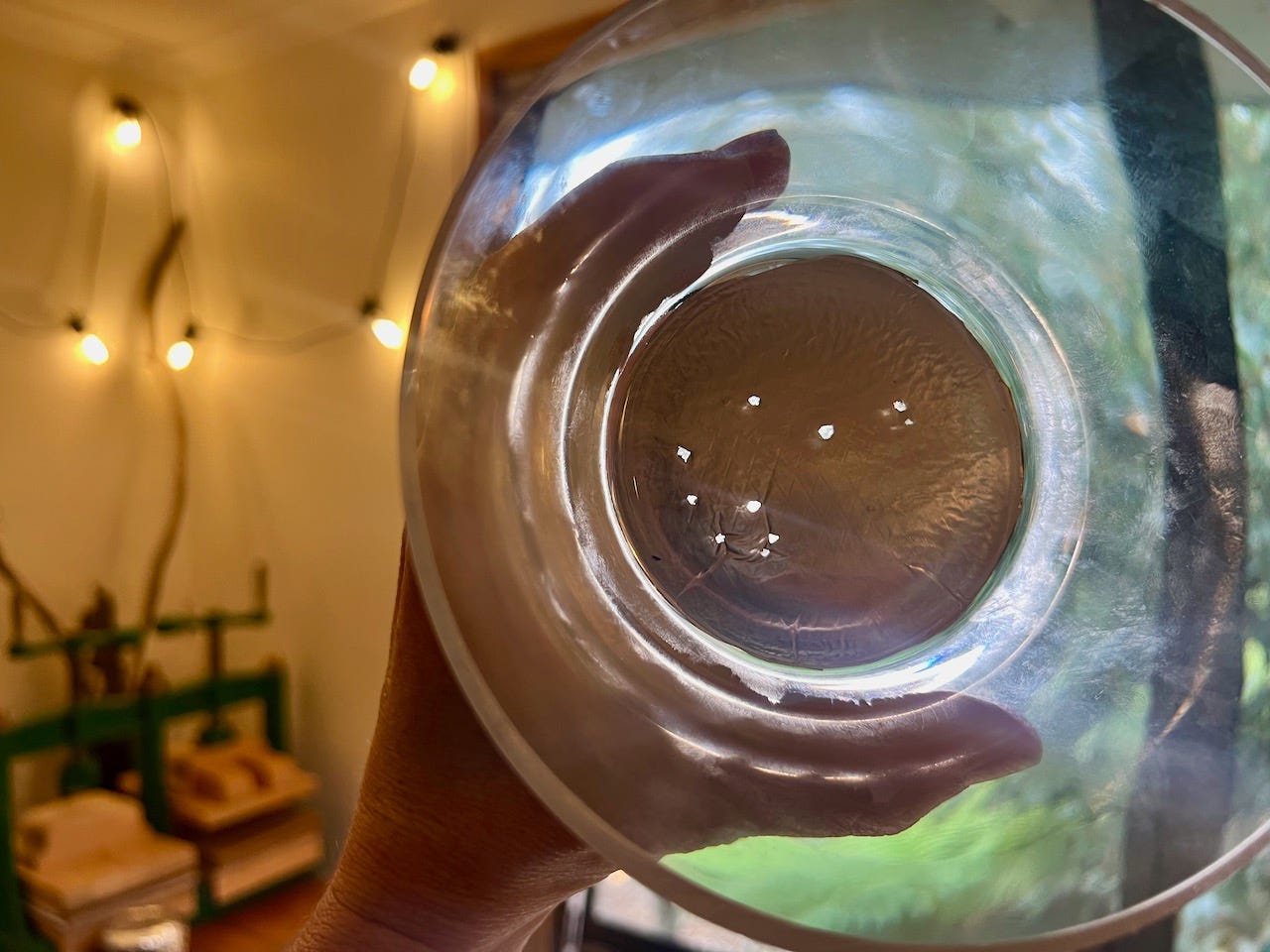
I wanted to speak of learning about how the Aztec and Myan calendars, with their 52 year cycles - marked the beginning and end of the world by when Tianquiztli (Pleiades) was at it’s highest overhead, at midnight, once every 52 solar years.
The ancient Mexican city of Teotihuacan, whose streets (in the western quarter) were all aligned to honour the setting of Pleiades.
Of how the zenith of Tŵr Tewdws (Pleiades) - when it reaches it’s highest point in the night sky, at midnight - used to mark the date of old Samhain, the cross-quarter day between autumn equinox and winter solstice, for the Celts.
Of how this period of the year - between Samhain and the solstice, going down into the night country - was associated with the thinning of the veil between worlds, and heralded a good time for grief-work and death-work - to be done for loved ones recently passed, coming to a close around the winter solstice - the turning of the year.
This is not a ‘and it just goes to show how much we’re all connected’ star-story, though. It’s amazing how some of the similarities in the story of pleiades span the globe - in ways that we don’t understand, just yet - for sure.
But to me it seemed like a lot more than that.
What the heck was with this fuzzy little star cluster, that I’ve compulsively searched the sky for since I was a child? Why were entire cultures’ calendars based apon its movements - like, specifically?
I dived in and learned all about helical and acronycal risings and settings, which seemed to be what many of the Big Events were based on.
Incase you too are a bit vague on these astronomical terms, let me help you:
The helical rising of a star or planet is when it rises just before the sun, in the eastern sky. The helical setting is when that star sets with the sun (or just after the sun), so you can only just see that star for a moment or two, before it follows the sun down under the horizon.
The acronycal rising of a planet or star is the opposite way around. The acronycal rising of a star is when it rises in the east just as the sun sets in the west. And an acronycal setting is when that star sets in the west as the sun rises in the east.
All this was new knowledge to me, this month. It made sense, of course, once i wrapped my morning-brain around it… so the leaving, and then the absence of, and then the return of Pleiades in the night sky… was everything, to some.
It’s the helical rising and setting of Pleiades that I adventured into the most.
Because in between the helical setting of Pleiades (where it sets with the sun, in mid-May), and then it’s helical rising (just before the sun, in late-ish June)…
…there is no Pleiades in the night sky, from that specific vantage point on earth. Pleiades is gone. And all the ancestors, and possibilities of other worlds, with it.
Depending where you live on earth, of course, the helical rising of Pleiades indicates very different things, given the varied seasons or phases of the year, depending where you are.
In many cultures on the northside of our planet, Pleiades’ helical rising (just before the sunrise - got it?) in June is associated with sailing, fishing, farming and planting.
Perhaps planting the first seeds, or perhaps the last. Or sometimes the rising indicates harvest season. Or that the rainy season is about to begin. Or end. It just depends where you live.
Down our way on the southside of this planet, I ended up delving into Matariki, as the cluster is known to the Te Ao Māori of Aotearoa.
Matariki is both the brightest star in the Pleiades cluster, and also the cluster itself. And the return of Matariki, with it’s helical rising in mid-to-late June, combined with the proper time of the month (Tangaroa, fourth quarter moon), is the time for going home - for new years celebrations, and feasting, and remembering those who have left in the last year.
As Matariki finally rises again, in this darkest of days / newest of year period, she gathers up all the loved ones lost in this last year on their final journey skyward - travelling with them up into the night sky, so they have good company.
You can call out your loved ones names, on that new year’s morning - into the cold, crisp air of pre-dawn - to cheer them on as they make their final journey skyward.
The week that I dived deep into Matariki, devouring everything I could find on the topic, I ended up at a surprise (to me) hāngī. And was then fed steaming chunks of kumera from the earth pit, as the fire was scraped back to reveal a feast.
And this unexpected but delicious afternoon in the rainforest happened on the day that Matariki set, not to be seen in the sky again for over a month. It was a coincidence. But I was no less delighted, for that.
So. Right now, at this time of year, we are in the darkness. Matariki has set, and will rise again in a few weeks. The exact date when Matariki / Pleiades rises varies from year to year… because of orbits, and something called precession, and the universe and stuff.
I am not Māori, so Matariki is not my story. But I appreciate the wisdom and the offer of this time - which is similar to the offer of the Celtic story - between Samhain and winter solstice… to spend time with the tenderness of those that we love, who have gone before us, this past year.
Grief work, as I’m sure you know, is a whole universe unto itself. And so, so needed, in our fractured selves and communities. Such a vast landscape. I breathe out. And in, again.
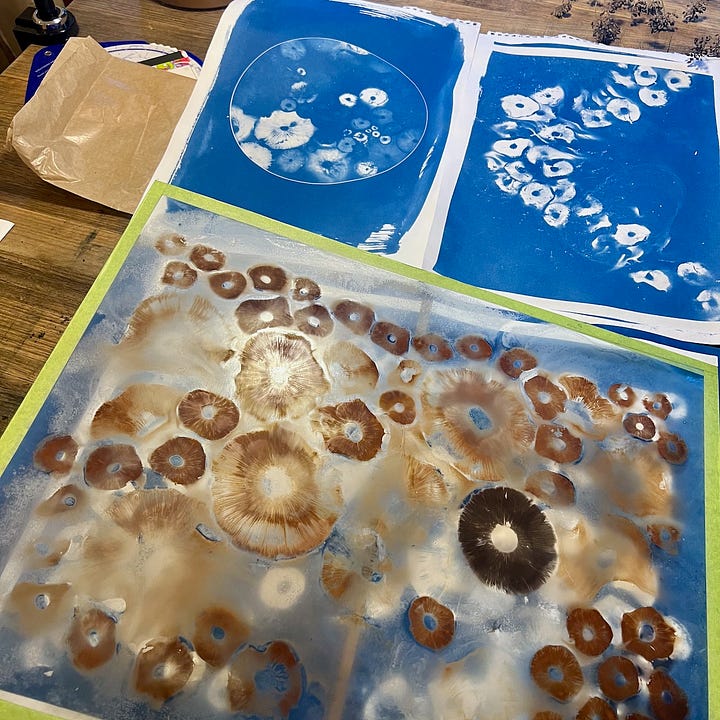

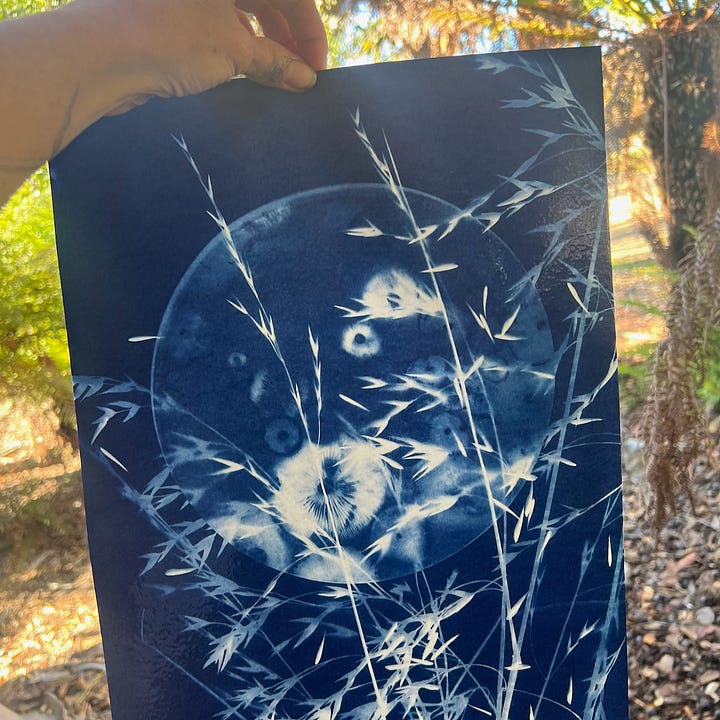
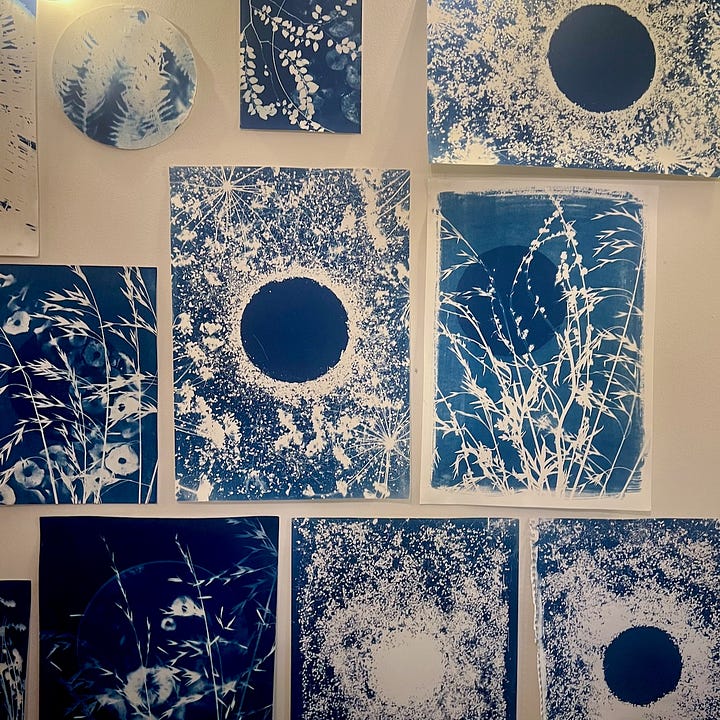
The mushrooms, as usual, know what to do. And it is their season, here in southern lutruwita, for doing just that.
Break it down. Acknowledge that the total was more than the sum of its parts - way, way more, of course it was - but break it down into parts just the same. Carbon. Nitrogen. Water. So much water.
Trace elements enfolded into the tissue of new beings. All that water from our bodies slowly making its way back up to the sky, finally returned, and then back down as rain. We return to the sky, as part of our journey, all of us. Matariki was spot on.
This time of year, in the darkening, I’m also surrounded by seeds.
Everywhere. In buckets and baskets, all drying out completely before being stored away for their next growing season. Carrot seeds, fennel seeds, parsley, dill - all rattle in their buckets and need to be re-stacked all the time, so that I can find my workbench.
The scarlet runner beans always take a bit longer to dry. So they sit around me in piles of black-and-purple jewels, nearly ready to be added to a big jar and put away until spring.
Ah, the seeds. Everywhere, always.
The evidence of seasons passed - see, those good things DID HAPPEN. The promise of return. The absolute certainty of the cycle continuing, somewhere, somehow.
Fuzzy little astronauts, these carrot seeds - time capsules, promises, kisses to a future spring.
In a world of few rituals and ceremonies, the cycle of the seeds holds me firmly to earth. As does learning the cycles of the moon - which is dark, tonight. Darkness is necessary. Tis the season.
So now, I do plan to be sitting on a hilltop in the pre-dawn darkness, wrapped in three blankets probably, looking east, around the winter solstice in a few weeks time.
Watching for Pleiades to rise in the eastern sky, just before the sun - hot ginger tea in my mug, and lost loved ones names on my lips, cheering them on.
All the stars and the seasons and the seeds and the dark and the light and then the mycelium, weaving it all back together. Taking it all apart. And then, in due course, rising again, when it’s time.
A few references from this month:
Matariki: The Star of the Year - Rangi Matamua
Living By The Stars - Dr Rangi Matamua (Tūhoe) ‘s website
First Knowledges Astronomy: Sky Country - Karlie Noon & Krystal De Napoli
Emu Dreaming: An Introduction to Aboriginal Astronomy - Ray & Cilla Norris
Pleiades in folklore and literature - wiki (yeah I know, but the references section of this entry are so good!)
Our Moon - Rebecca Boyle (esp. the chapter on the Nebra Sky Disc)

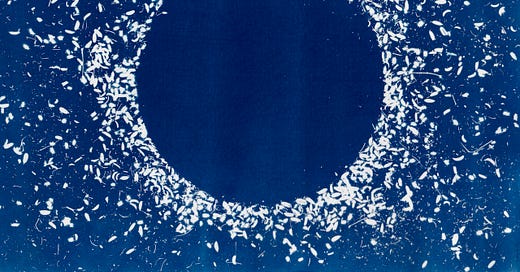



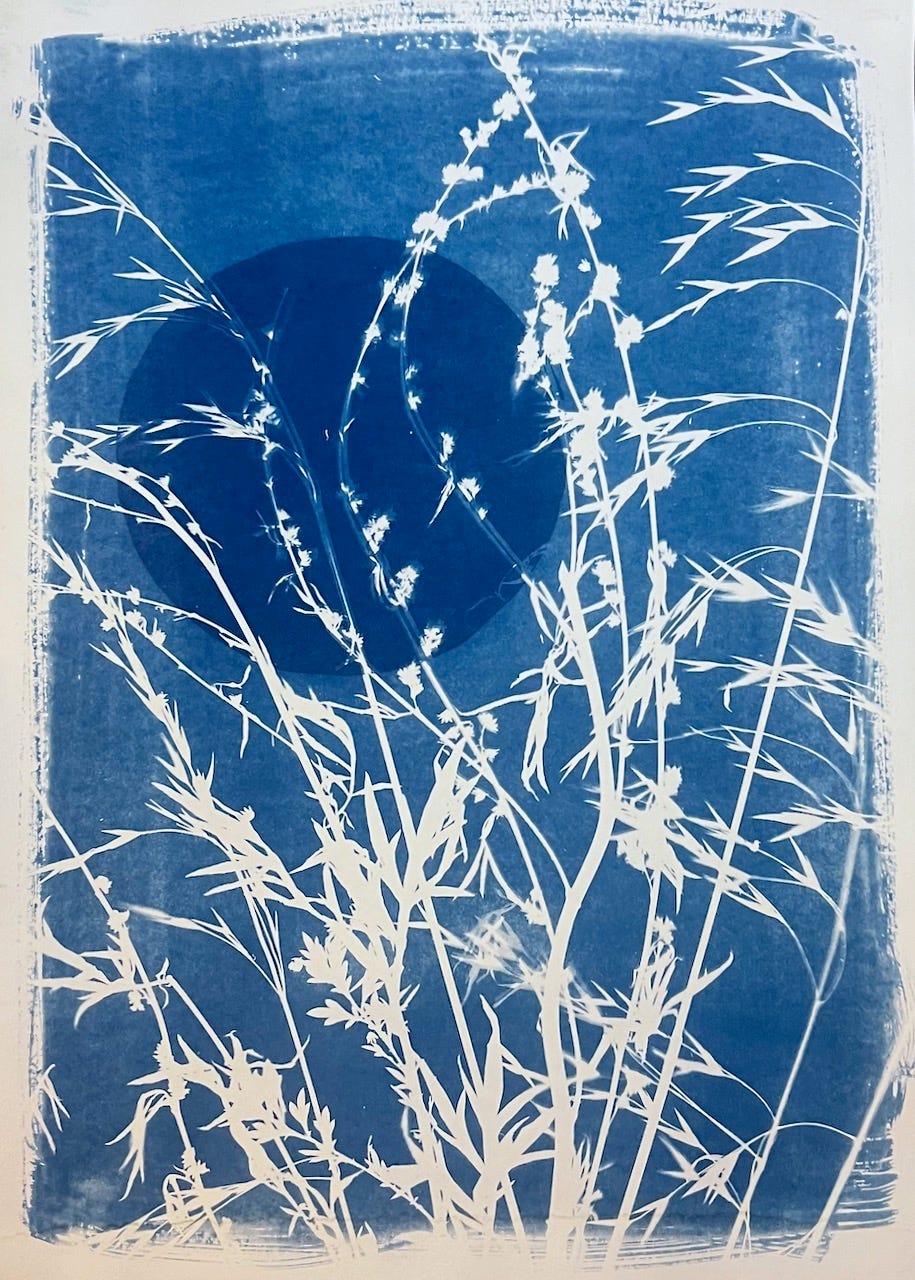
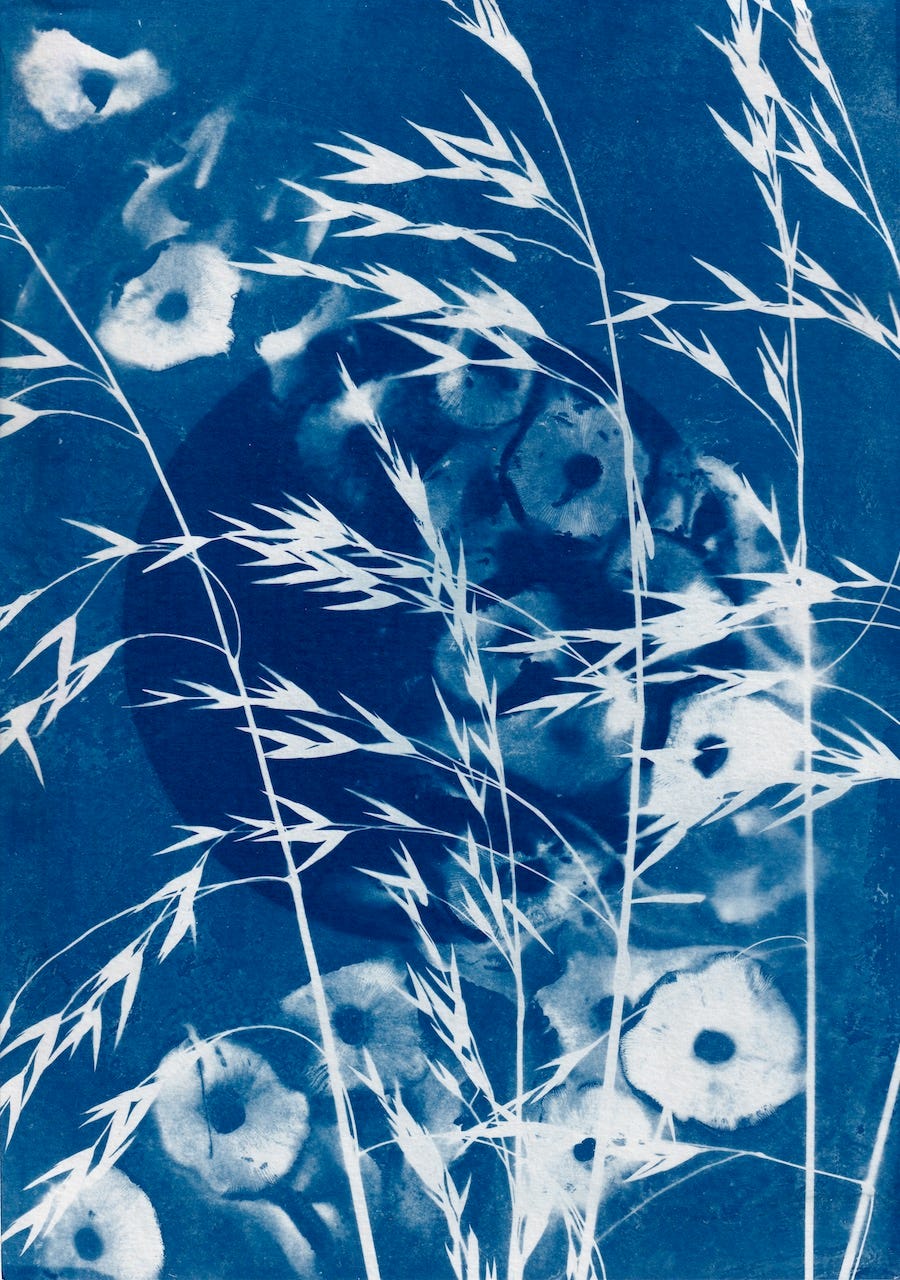
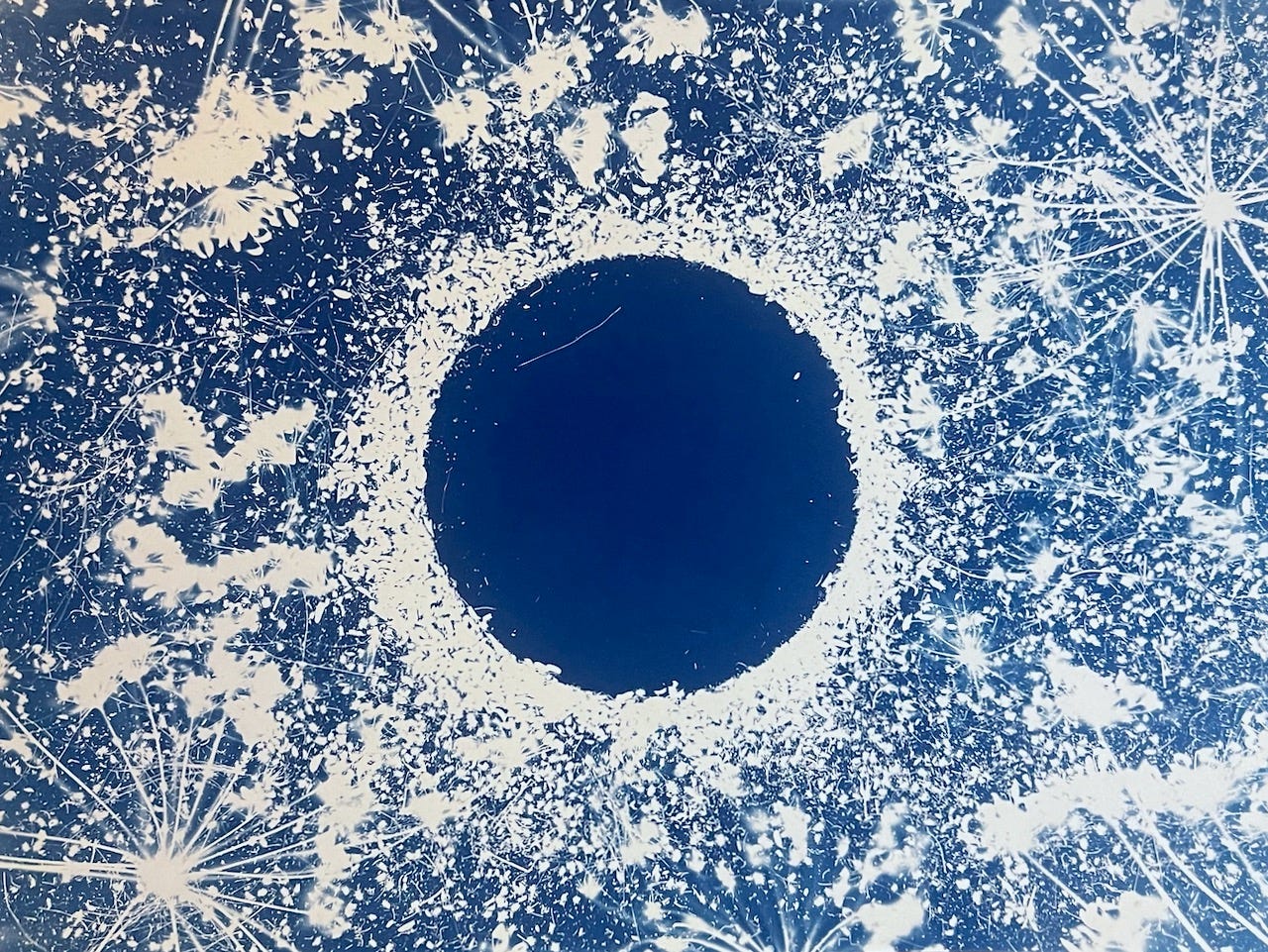
Love this Kirsten, beautiful work and writing.
Hey is Nebraska named after the Nebra Sky I wonder?
Cheers
Rob
thanks for your thoughtful writing. This is the second piece I have read of yours. I thought this article was quite mind blowing and you will appreciate it too. All the best from Biripi country, west of Port Macquarie, NSW.
https://theconversation.com/the-worlds-oldest-story-astronomers-say-global-myths-about-seven-sisters-stars-may-reach-back-100-000-years-151568